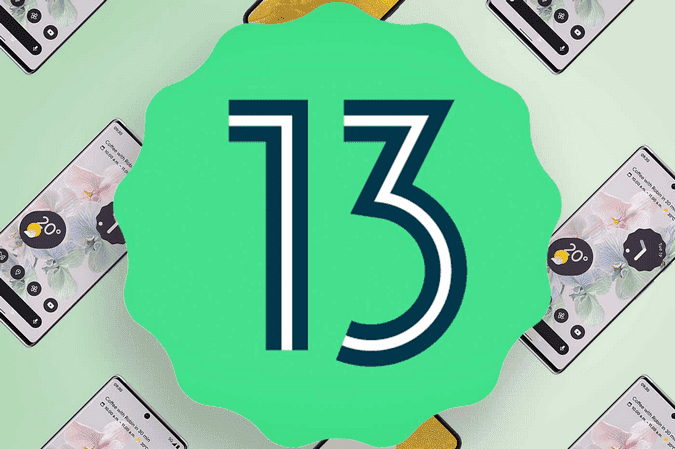Several Android OEMs are struggling to bring Android 12 to the myriad of supported smartphones. Android 12 has been out for several months, but many brands are struggling to deliver the update for their own reasons. Of course, that's not a Google problem (Okay, the fragmentation is) and, therefore, the search giant will keep its usual schedule. That said, Android 13 has been out through the developer preview program, and the company has just released the Developer Preview 2 build of the OS. As the current timeline goes, the first beta build should appear in April or May this year. We assume that will happen shortly after the Google I/O. Google omits the launch date, which may be sometime in August, September, or even October. Meanwhile, developers and courageous testers keep finding features in the upcoming OS.
Google has been improving its game with large-screen devices. Android 12L or Android 12.1 already brought significant upgrades for tablets and foldable smartphones, but that will be further enhanced with Android 13. The upcoming OS will improve the taskbar and make free-form multi-window much more usable as a native feature. Apart from these device-specific features, there are a lot of general improvements with the upcoming OS release. For example, Google is doing some major changes to further enhance the battery life of devices running Android 13. There will be a new developer resource titled "Battery Resource Utilization". It reads as follows:
Android 13 introduces the following battery-preserving measures:
- Updated rules on when the system places your app in the "restricted" App Standby Bucket.
- New limitations on the work that your app can do when the user places your app in the "restricted" state for background battery usage.
- New system notifications that warn users about excessive background battery usage and long-running foreground services.

With Android 13, the system will monitor various aspects of an app's background behavior. Moreover, it won't allow an app to keep draining your battery in the background if you didn't interact with it for 8 days. The system will also check foreground elements, like foreground services. Those are services that perform operations that need to be noticeable to the user. These have a notification associated with them. These can't be dismissed until the service stops or is removed from the foreground. Examples of such behavior are things like fitness tracking apps as there are "in a workout". We're collecting data actively or a multimedia player that plays with a foreground service and might show things like the current song and multimedia controls in a notification.
Obviously, Google may keep improving this feature in the coming months as Android 13 development progresses. We're curious to see how the notification will work in the real-life scenario and if it will be annoying to the point that makes the user uninstall an app.






Place comments
0 Comments
You are currently seeing only the comments you are notified about, if you want to see all comments from this post, click the button below.
Show all comments